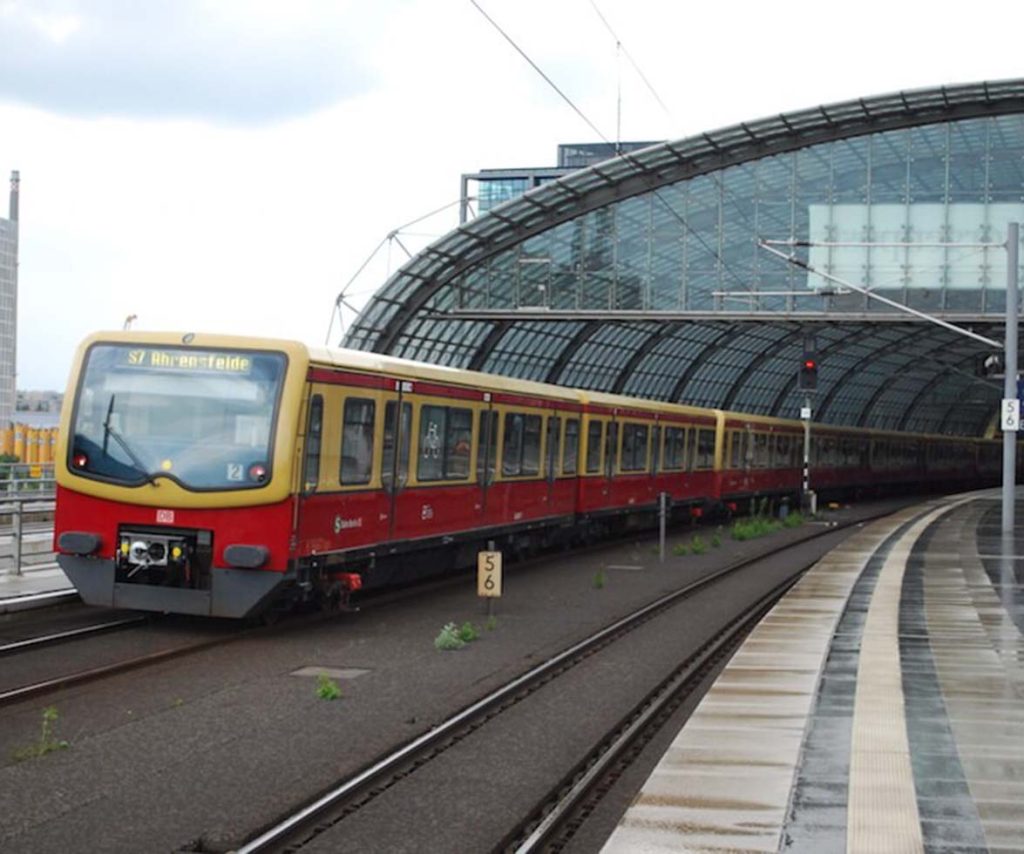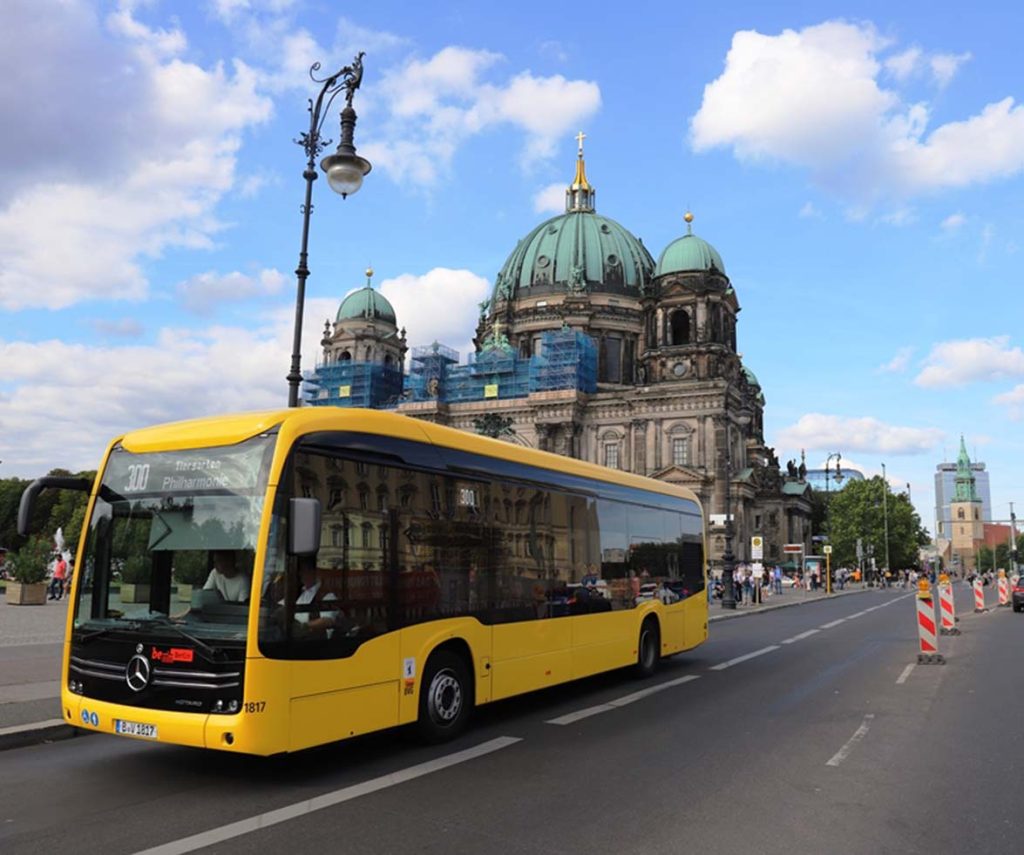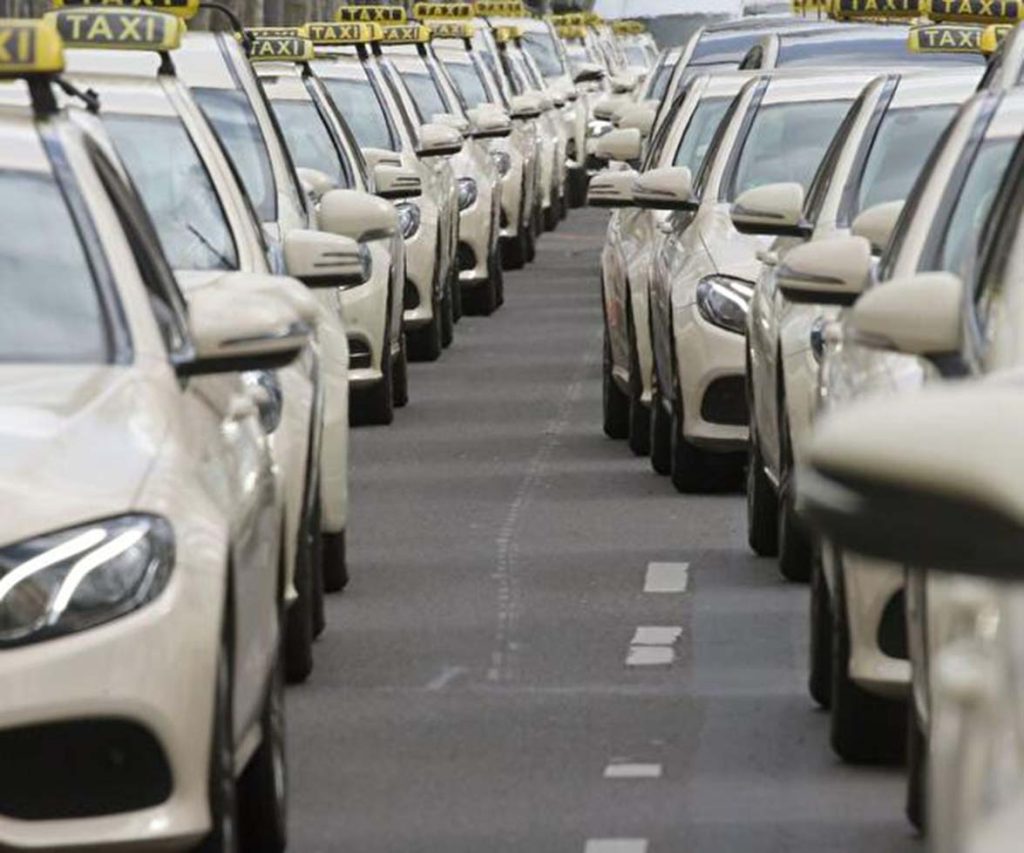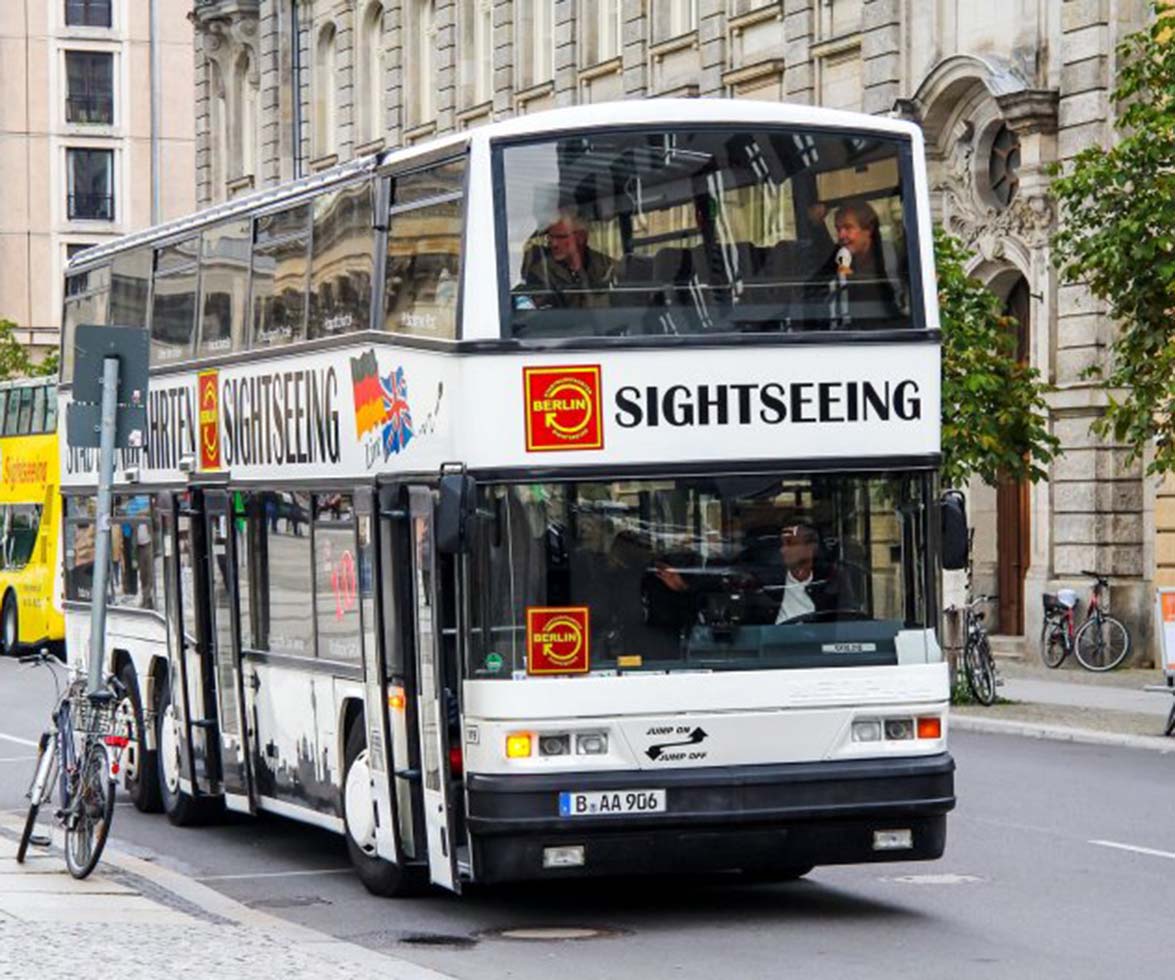Berlin is one of Europe’s most dynamic and diverse cities, offering an abundance of culture, history, and activities to explore. As a traveler, getting around Berlin efficiently is essential to making the most of your time in the city. Whether you’re planning to visit iconic landmarks like the Brandenburg Gate, explore Berlin’s vibrant neighborhoods, or enjoy the city’s green parks, choosing the right mode of transport is key. In this article, we’ll delve into the pros and cons of Berlin’s primary modes of transport: train, bus, and taxi. By the end, you’ll have a clearer idea of which option works best for your needs.
1. Berlin’s Public Transport System: An Overview
Berlin boasts an extensive, modern, and well-integrated public transportation system. The city’s network is comprised of trains (U-Bahn and S-Bahn), buses, trams, and ferries, all operating under the Berlin public transport authority, BVG (Berliner Verkehrsbetriebe). With multiple options available, navigating the city is relatively simple, and travelers often find that using public transport is both convenient and cost-effective.
Let’s break down the main modes of transport: trains, buses, and taxis, and evaluate them based on speed, cost, convenience, and overall experience.
2. The Train System in Berlin: Fast and Efficient
S-Bahn: The Regional Train System
The S-Bahn (Stadtschnellbahn) is the regional train system that connects central Berlin with the suburbs and surrounding areas. It runs frequently, especially during rush hours, and offers an easy way to get around the city, especially if you need to travel to destinations that are farther from the city center.

Pros of the S-Bahn:
- Speed: The S-Bahn is the fastest mode of transport when traveling longer distances within Berlin and to its outskirts. The trains are fast and often avoid the heavy city traffic that can affect buses and taxis.
- Frequency: Trains run at regular intervals, with peak times seeing trains every few minutes. During off-peak hours, you can still expect to catch a train every 10–15 minutes.
- Convenience: The S-Bahn is well-connected to key tourist destinations like Alexanderplatz, Hauptbahnhof (Central Station), and Potsdamer Platz. It is a great way to travel between districts efficiently.
- Accessibility: Most S-Bahn stations are equipped with elevators and ramps, making it an accessible option for those with mobility issues.
Cons of the S-Bahn:
- Crowded during peak hours: During rush hour, the S-Bahn can be crowded, especially on popular routes. This can be uncomfortable, particularly if you’re carrying luggage.
- Limited coverage in the city center: While the S-Bahn covers a wide area, some central destinations may be better served by the U-Bahn (underground train).
U-Bahn: The Underground Network
The U-Bahn (Untergrundbahn) is Berlin’s subway system, which operates mostly in the city center and extends to the outer districts. It’s a quick and reliable way to navigate the city.
Pros of the U-Bahn:
- Direct routes to central attractions: The U-Bahn covers central neighborhoods like Mitte, Kreuzberg, Charlottenburg, and Neukölln, providing direct access to major attractions such as the Brandenburg Gate, Museum Island, and the East Side Gallery.
- Less affected by weather: The U-Bahn is underground, meaning it is not subject to weather disruptions or traffic congestion.
- Affordable: U-Bahn tickets are reasonably priced, especially when compared to taxi fares, and you can save money by purchasing day passes or weekly tickets.
Cons of the U-Bahn:
- Not as expansive as the S-Bahn: The U-Bahn does not reach as many suburban areas as the S-Bahn, which can make it less convenient for travelers staying outside the city center or visiting more remote attractions.
Ticketing and Pricing for Trains
Tickets for the S-Bahn and U-Bahn are based on a zone system. Berlin is divided into three zones (A, B, and C), and ticket prices vary depending on the number of zones you travel through. A standard single ticket within zones A and B (which includes most central tourist attractions) costs around €3. If you plan to explore more extensively, you can purchase day passes or multi-day tickets that provide unlimited travel within certain zones.
3. The Bus System: Flexible but Slower
Berlin’s bus network complements the city’s train systems by covering areas that are less accessible by train, especially neighborhoods and streets that are not served by the U-Bahn or S-Bahn. Buses are also great for tourists who wish to explore specific areas without walking long distances.

Pros of the Bus:
- Flexibility: Buses reach areas of the city that are less accessible by train. Whether you’re headed to a museum in a residential area or want to explore the bohemian district of Kreuzberg, buses are a good option.
- Ease of access: Buses have frequent stops, which makes it easy to hop on and off. They are particularly useful for short trips within neighborhoods.
- Scenic routes: Unlike the underground U-Bahn, buses travel above ground, so you can enjoy the city’s scenery as you travel, which adds an extra layer to your Berlin experience.
Cons of the Bus:
- Traffic delays: Because buses travel on the same streets as other vehicles, they are often subject to the city’s traffic jams. During peak hours, buses can be delayed, making them slower than the S-Bahn or U-Bahn.
- Crowded buses: Buses can become crowded, especially during rush hours, and may not be as comfortable as trains.
Bus Tickets and Pricing
Buses use the same ticketing system as the trains. You can buy a single journey ticket or opt for a day pass. There are also special tickets for tourists, such as a Hop-on Hop-off bus ticket, which allows you to travel to major tourist attractions at your own pace.
4. Taxis: Convenient but Expensive
Taxis in Berlin are readily available and can be found at taxi stands throughout the city or booked via phone or apps like Free Now. Taxis are great for travelers who prefer door-to-door service or need to get to a destination that isn’t easily reached by public transport.
Pros of Taxis:
- Convenience: Taxis offer door-to-door service, making them the most convenient option, especially if you’re traveling with luggage or in a group.
- Comfort: Taxis provide a private, comfortable experience compared to crowded public transport.
- No transfers required: If you’re traveling directly to a destination, a taxi will take you directly there without needing to transfer between different modes of transport.

Cons of Taxis:
- Cost: Taxis in Berlin can be quite expensive, especially for long distances. The starting fare is around €4, and you’ll pay an additional fee per kilometer traveled. A taxi ride across the city center can easily cost €15–€30, depending on traffic and the distance.
- Traffic congestion: Like buses, taxis are also affected by traffic, and rush-hour traffic can significantly extend your travel time.
- Availability during peak hours: While taxis are available 24/7, they can be difficult to hail during busy periods, especially in areas with heavy foot traffic or in the evenings.
5. Which Mode of Transport is Best for Tourists?
Choosing the best mode of transport in Berlin largely depends on your preferences, budget, and travel plans. Here’s a breakdown of what might work best for different types of travelers:
For First-Time Visitors:
- U-Bahn and S-Bahn are likely your best bet. They offer quick access to key tourist attractions and are reliable, fast, and cost-effective. You can buy a day pass that will allow you to hop on and off the trains, making it easy to explore Berlin’s famous sights.
For Travelers on a Budget:
- Public transport (U-Bahn, S-Bahn, and Bus) is the most affordable option. With daily and multi-day passes available, it’s easy to save money while getting around the city.
For Families or Groups:
- Taxis might be more convenient if you’re traveling with children or a group, as they provide direct service to your destination without needing to switch between trains or buses. However, be mindful of the cost, especially for longer trips.
For Those in a Hurry:
- S-Bahn or U-Bahn are the quickest ways to get around Berlin without being affected by traffic. They are ideal for travelers on a tight schedule who need to move quickly between major destinations.
For Sightseers:
- Bus tours or Hop-on Hop-off buses can be a great way to see the city in a relaxed and scenic way. While they might not be the fastest, they offer a more leisurely experience, and you can easily get off at any of Berlin’s iconic spots.
Berlin’s public transport system is one of the most efficient in Europe, offering fast and convenient options for getting around the city. The S-Bahn and U-Bahn are the most popular choices for most tourists, while buses provide flexibility for exploring more hidden parts of the city. Taxis, although convenient and comfortable, are the most expensive option, and their availability and cost can be an issue, particularly during peak hours.
In conclusion, for most tourists, the best mode of transport in Berlin will be a combination of U-Bahn, S-Bahn, and buses, depending on your destination. With affordable ticket options and excellent connectivity, getting around Berlin is both simple and enjoyable. However, taxis remain a viable option for those who prioritize comfort and convenience over cost.
